ASUS RS720A-E11-RS24U Management
The ASUS management solution is built upon the ASPEED AST2600 BMC running MegaRAC SP-X. ASUS claims this is faster to boot, but we did not time it. The AST2600 is a jump in Arm compute resources, so that would make sense.
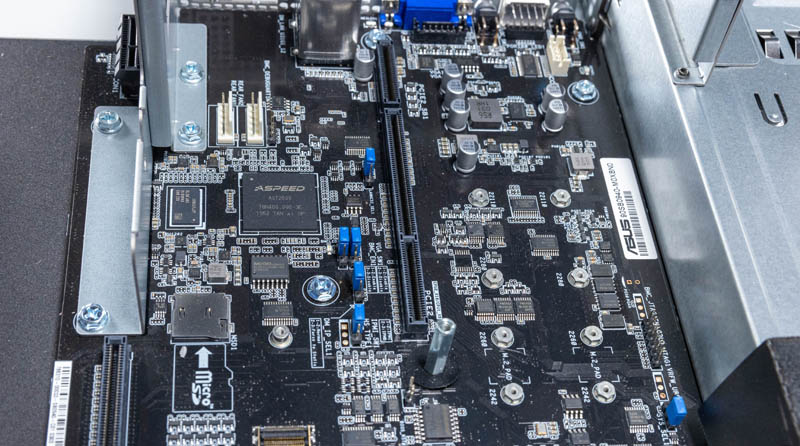
ASUS calls this solution the ASMB10-iKVM, which has its IPMI, WebGUI, and Redfish management for the platform. The last EPYC GPU server we looked at from ASUS, the ESC4000A-E10 was still using ASMB9 and the AST2500, so this is an upgrade to a newer faster BMC.
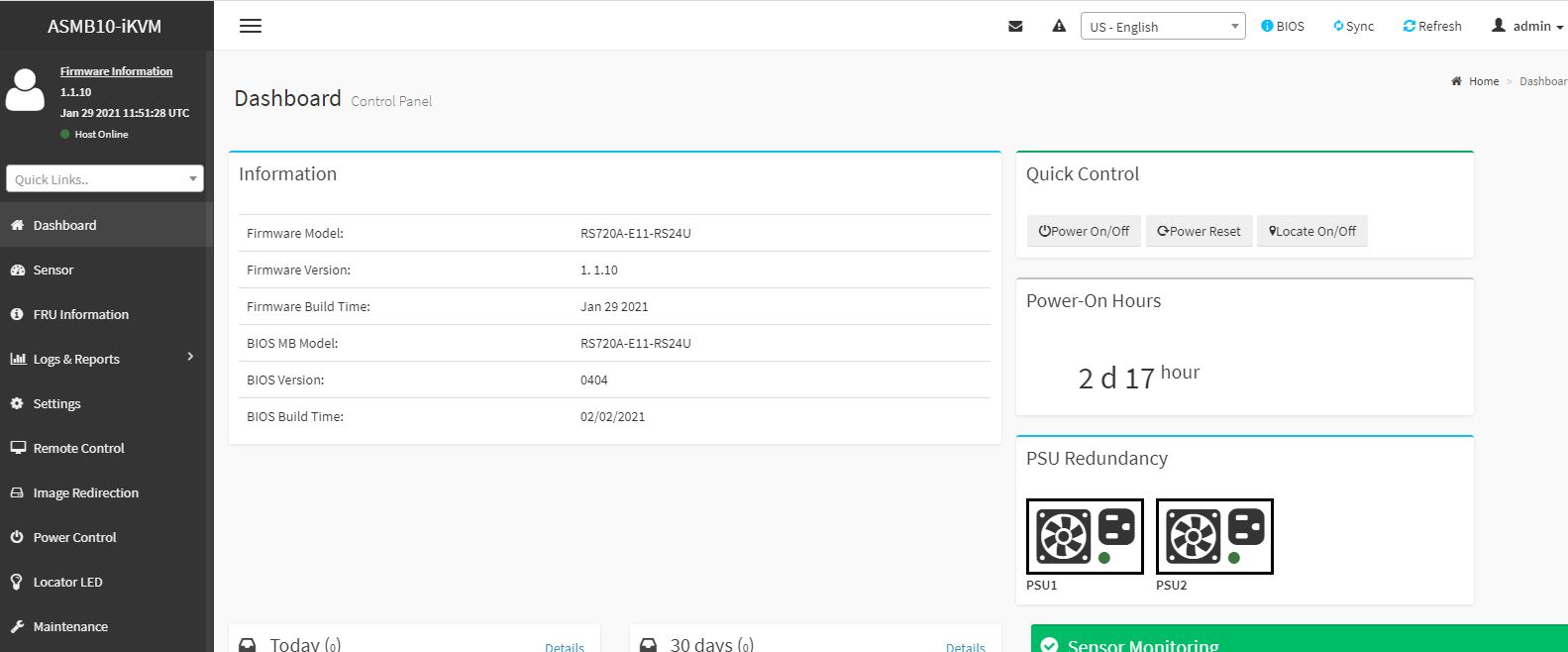
Some of the unique features come down to what is included. For example, ASUS allows remote BIOS and firmware updates via this web GUI as standard. Supermicro charges extra for the BIOS update feature.
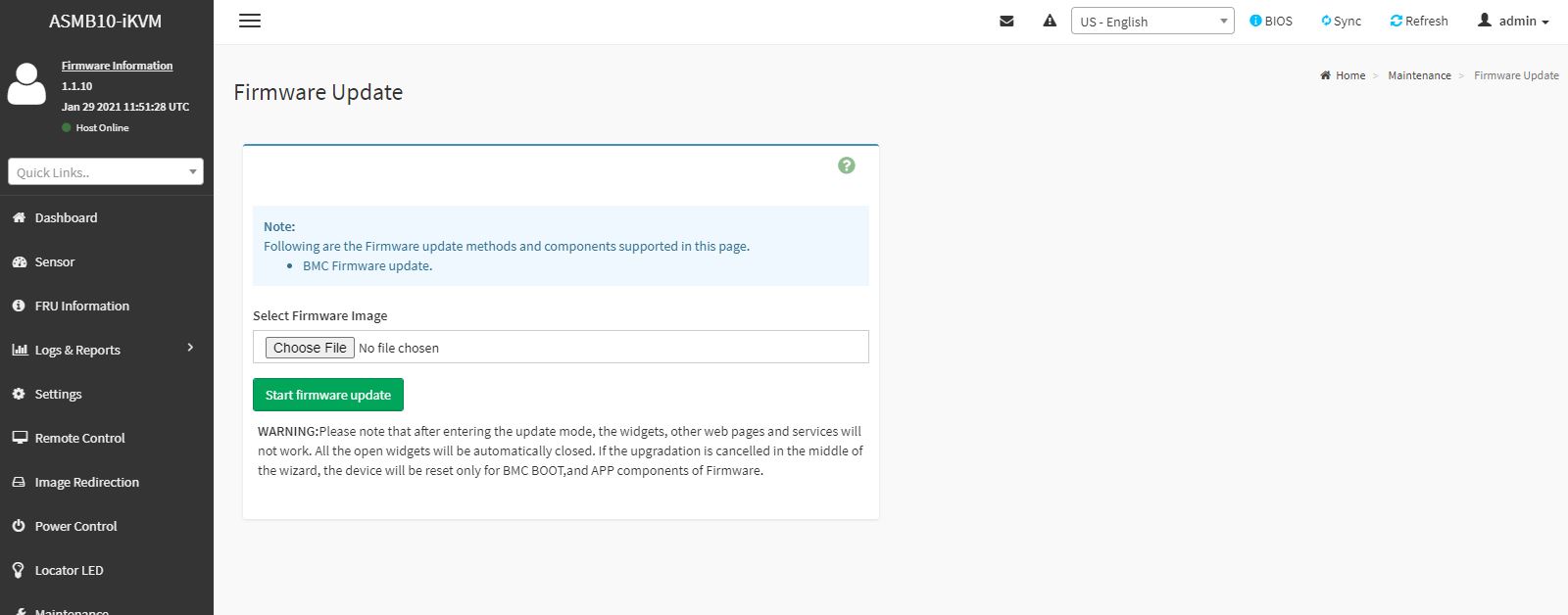
Another nice example is that we get the HTML5 iKVM functionality included with the solution. There are serial-over-LAN and Java iKVM options too. Companies like Dell EMC, HPE, and Lenovo charge extra for this functionality, and sometimes quite a bit extra.
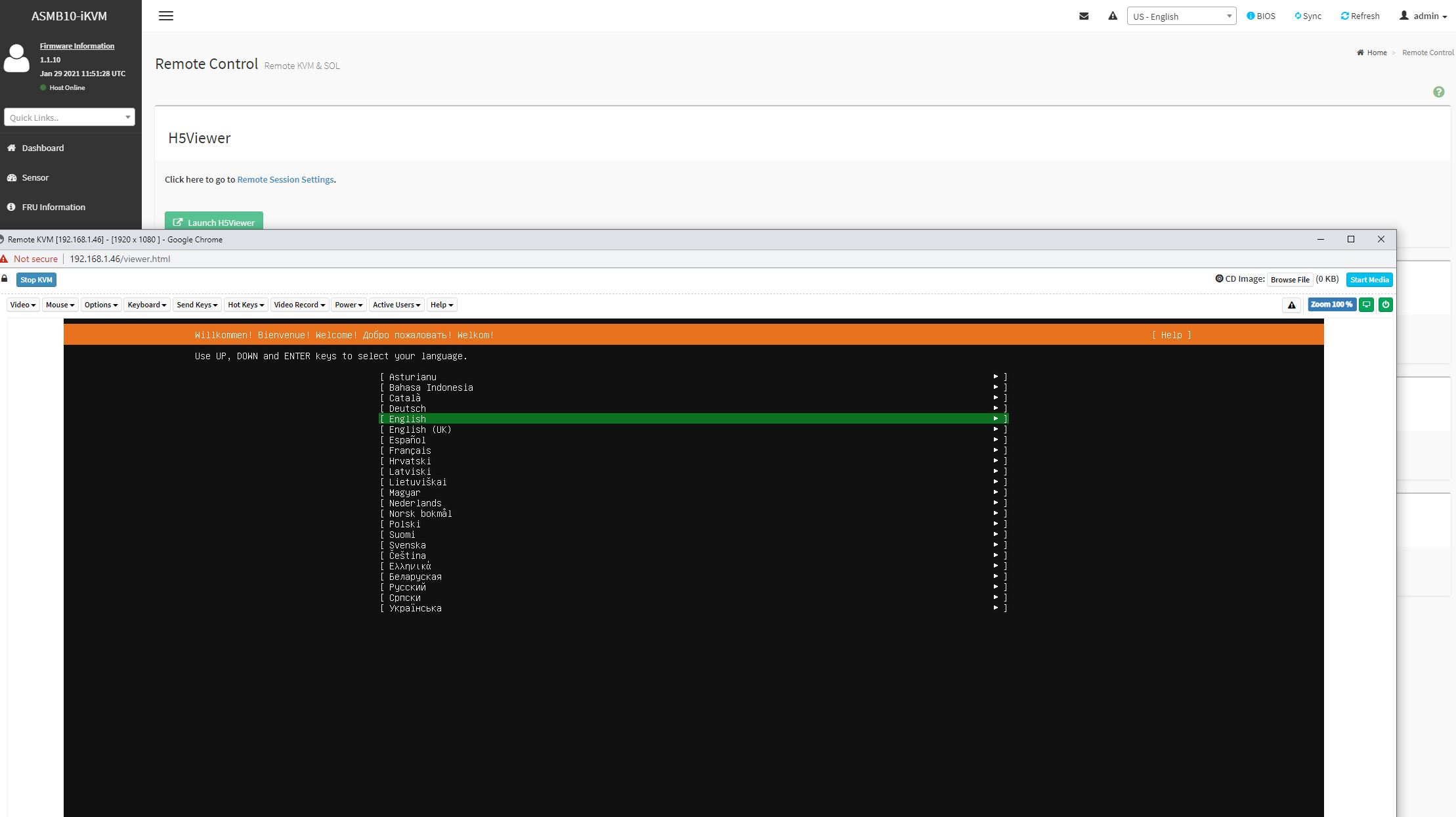
ASUS supports Redfish APIs for management as well. Something that we do not get is full BIOS control in the web GUI as we get in some solutions such as iDRAC, iLO, and XClarity. For GPU servers where one may need to set features like the above 4G encoding setting with certain configurations, this is a handy feature to have.
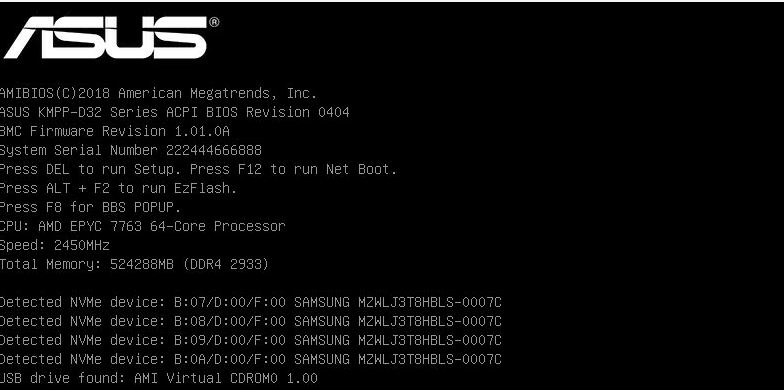
Another small feature that is different from ASUS is the IPMI Hardware Monitor or IPMI HWM. While one can pull hardware monitoring data from the IPMI interface, and some from the BIOS, ASUS has a small app to do this from the BIOS.
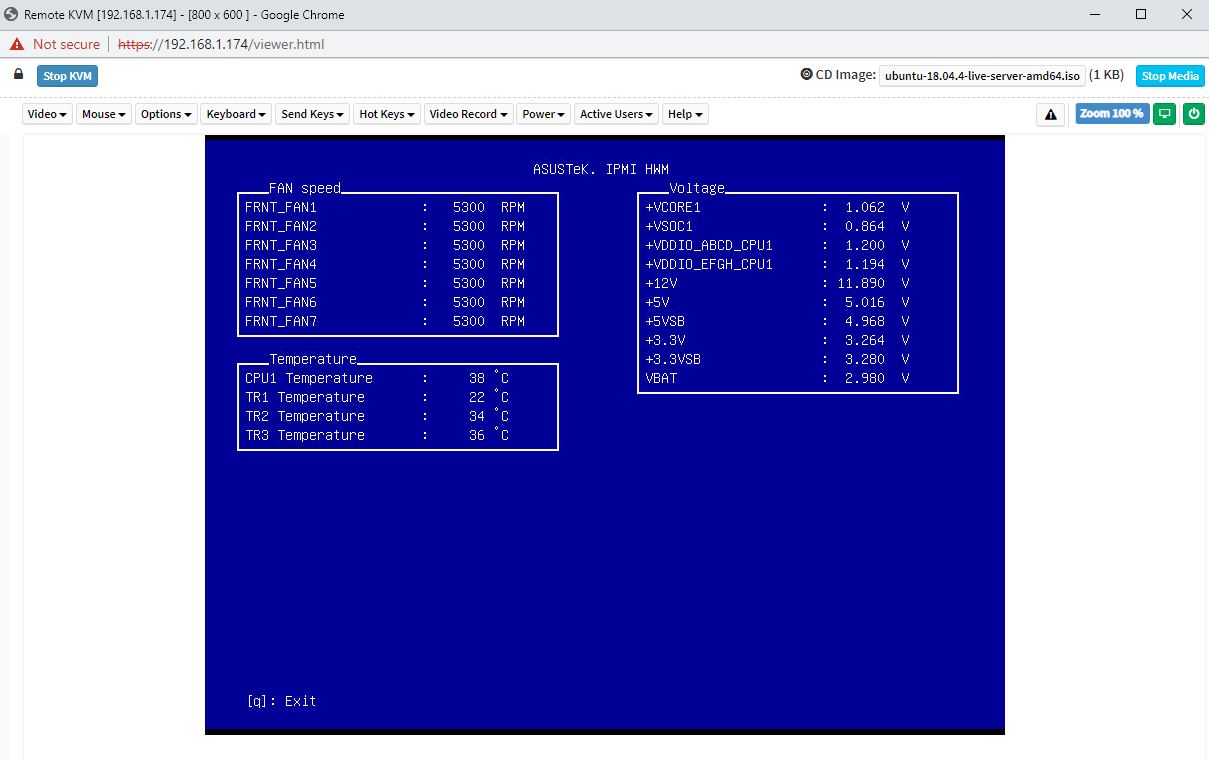
We like ASUS’s overall approach to management. It aligns with many industry standards and also has some nice customizations.
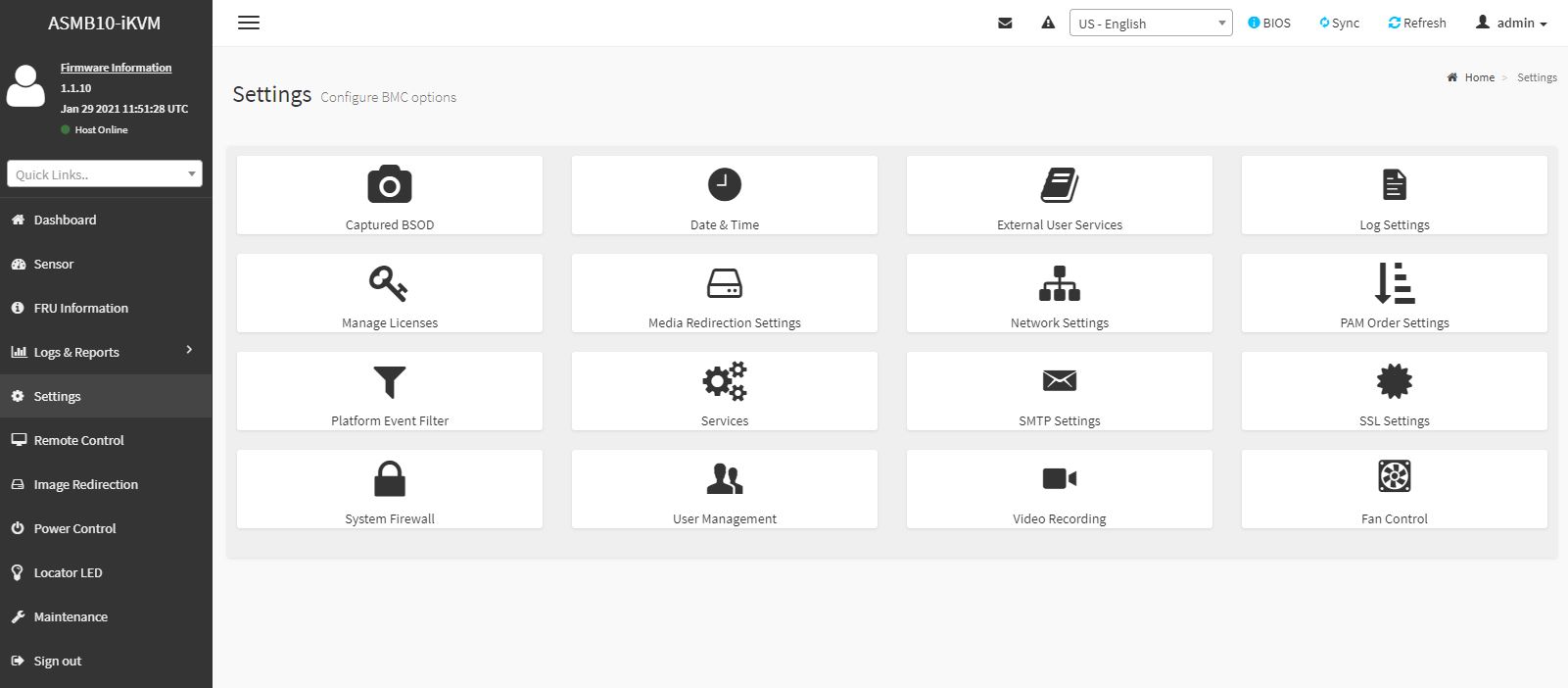
Something we did want to mention quickly here is that ASUS confirmed that it does not vendor-lock EPYC CPUs using AMD PSB as Dell EMC and Lenovo do.
We like that ASUS is not using this AMD EPYC feature and think that it makes the systems more flexible than those from Dell EMC and Lenovo.
Next, we are going to take a look at the block diagram of the system.
ASUS RS720A-E11-RS24U Block Diagram
ASUS uses the KMPP-D32 motherboard in this system. As such, here is the block diagram that we had from ASUS on the system board.
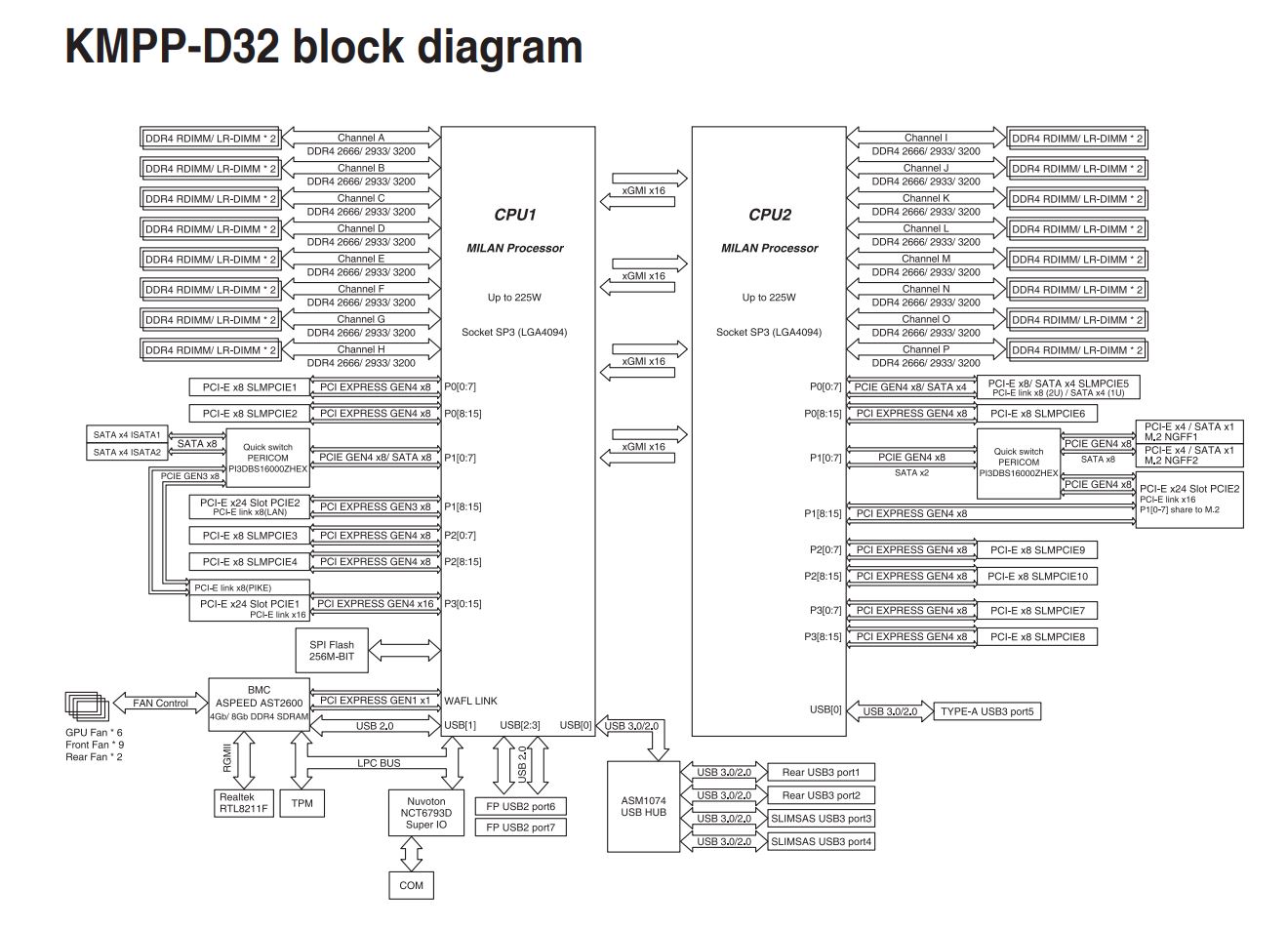
This system has a ton of flexibility, and this is the same motherboard we saw on the GPU version of this system.

Since most of the I/O is cabled, ASUS can be flexible when it comes to additional configuration options.
Next, we are going to discuss our performance testing in the system.



